|
Drafting sewing patterns may seem a bit intimidating for a sewing beginner but it is actually quite simple if the proper techniques are learned from the beginning. When it comes to pattern-making, you should keep things as simple yet as accurate as possible. There is really no need for complicated, expensive sewing tools. A few basic tools that can tackle a number of jobs is all that's necessary for drafting simple patterns as a sewing beginner. All you need for making a basic sewing pattern is: An 18" clear plastic ruler, an unmarked french curve, a pencil (preferably mechanical) and an eraser. These 4 tools are essential for pattern-makers of all levels, and the good news is, they are easy to find at your local art/crafts store and fairly inexpensive. Want to learn how to sew and make your own patterns? These are the basic sewing tools/supplies you should have. If you already have a front and back pattern of your garment, drafting a facing is actually quite easy. You can use the garment's patterns as a canvas for all your facings. Once they are drafted, all you have to do is transfer them to a separate piece of pattern paper, add seam allowance and they'll be ready for cutting and sewing. In the patterning tutorial bellow, we are working with marked patterning paper. If you don't have access to professional pattern paper, as many beginner dressmakers don't, there are a number of pattern paper substitutes you can use instead. These substitutes are easy to find and won't cost you a fortune. In this patterning tutorial, we are working with Front and Back cut-on-fold patterns. This means that our facings will also be drafted on fold along the Center Front and Center Back. Cutting a Sewing Pattern On Fold is an important sewing technique that will save you space and pattern paper if you make your own clothing at home. Note: You can always turn a cut-on-fold facing pattern into a full pattern by duplicating the cut-on-fold facing thus forming two symmetric sides. It is up to you how wide you want the neck facing to be but make sure it is not so narrow that it flops to the outside of the garment during wear. Below, we'll show you how to draft a round facing that is the same width throughout. You can always play around with the shape of your facings as long as they are drafted accurately to the sewing patterns as shown. Our neckline facing will be 2.5 inches wide and distributed evenly along the front and back neckline. 1. On the front pattern, starting at the shoulder seam, measure 2.5" away from the neckline and add a dash line. 2. Add another dash line at a short distance bellow, also measuring 2.5" inches away from the neckline. 3. Repeat this process along the neckline by marking dash lines at exactly 2.5" inches away form the neckline throughout. As you continue to add the dash marks at 2.5" away along the neckline you'll notice the curve of the facing start to form. 4. When you get to the Center Front, make sure you mark a horizontal dash that is perpendicular to the Center Front line at 2.5" bellow neckline (as shown in the image above). Because the pattern is cut on fold along the Center Front, so will our neckline facing. Adding a straight horizontal line will ensure that when the facing is cut on fold and opened the front bottom curve remains smooth. The dash lines create the initial blue print for the neckline facing. 5. Use a plain french curve to connect the dash lines into a smooth curve. Note: You wont be able to connect the dash lines with a single french curve placement. Move the french curve around as necessary to smoothly connect all the dash marks. Once completed, the neckline facing draft is ready to be transferred to a separate piece of pattern paper. The curve displays the bottom of the finished facing. Once transferred, you will have to add seam allowance to this curved edge. The thing to remember about pattern paper is that just like fabric, it has a face side and a wrong side: The marked side is the face and the unmarked-the wrong side. This is important when drafting patterns especially for facings because they are a mirror image of the garment's edge. 6. On a separate piece of pattern paper, draw a straight line with your ruler and a pencil on the face side of the pattern paper (marked side). Most often, transferring the facing draft from the garment's sewing pattern to a separate piece of pattern paper requires additional tools like a tracing wheel and tracing paper. To simplify the process, we'll show you how to cut some corners and use just your pencil and ruler. 7. Place the separate piece of pattern paper on top of the garment's patterns with the marked side facing down, aligning the vertical line directly on top of the Center Front line of the pattern. The reason you don't need tracing paper for this is because white paper is semi-transparent so you can easily overlap the two vertical lines and transfer your pencil markings. The facing lines are easy to spot and transfer to the separate sheet of pattern paper but make sure once you overlap the two layers of paper, they do not move around during transfer. If necessary, you may use masking tape to keep the two pieces of paper from shifting. 8. Making sure both layers of paper are properly aligned without moving, use your pencil to transfer the facing markings from the garment's sewing pattern onto the back of the separate piece of pattern paper. 9. Use your ruler to transfer the straight line of the shoulder seam and the dash lines along the curved edges of the neckline and bottom of facing. You don't need to transfer the Center Front line because it is already marked on the right side of the pattern paper. 10. Turn your pattern paper face up and you'll be able to see the facing markings you transferred to the back. Due to the paper's semi-transparency you'll be able to easily transfer them to the right side of the pattern paper. 11. Using your ruler and pencil, transfer the dash lines of the curves and the straight line of the shoulder seam to the right side of the pattern paper as shown above. Make sure the facing's bottom dash is a straight horizontal line, perpendicular to the Center Front. This will ensure that the facing's bottom edge is smooth when cut on fold. 12. Use your french curve to connect all the dash lines into smooth curves along the neckline and bottom edge of the facing. Keep in mind that as mentioned above, you wont be able to connect each curve with a single french curve position, You'll have to move the french curve along the dash lines to connect them into a final smooth curve. The cut-on-fold front facing is now complete but it's missing seam allowance and a grain line. 13. Use your clear plastic ruler to add the proper seam allowance along all the edges. Our seam allowance around the neckline and shoulder edges is 1/2". The bottom edge of the facing has a seam allowance of 1/4". Moving your ruler along the curve, add dash lines at 1/2" distance form the neckline's edge. 14. Using your french curve, connect the seam allowance dash lines as described above. 15. Repeat the process for the bottom edge of the facing, but measuring 1/4" away from the bottom curve. Use your french curve to connect the dash lines into a smooth curve. 16. Cut the final facing along the outer edge of the seam allowance carefully around all the curved lines. 17. Add a lengthwise grain line parallel to the Center Front line and mark the Center Front (CF) edge with the proper cut-on-fold symbol for your reference. This will assist you in placing and cutting your pattern later. Repeat the process described above for the back neckline facing. Just like the front facing, start at the shoulder seam and add dash lines at 2.5" away from the neckline using your 18" clear plastic ruler. Make sure the Center Back dash line is a horizontal line perpendicular to the Center Back line. Use your french curve to connect the dash lines and don't forget that you'll have to shift the french curve around in order to connect all the dash lines smoothly into a continuous curve. Once the facing draft is complete, use a separate piece of pattern paper placed face down to transfer the facing markings. Use dash lines for the curves and a straight line for the shoulder seam to transfer the draft of the back neckline facing to the wrong side of the pattern paper (unmarked) Turn the pattern paper face up so that the marked side is facing you, and use your ruler to transfer the facing pencil markings from the back onto the front. Using your french curve, connect all the dash lines into smooth curves. Use a straight ruler for the shoulder seam. Using your clear plastic ruler, add the seam seam allowance to the back facing as you did for the front facing. The back and front facing will be sewn together so they have to have the same exact seam allowance throughout. In this case, we added 1/2" for all seams except the bottom edge of the facing which is 1/4" seam allowance. Add a vertical grain line parallel to the Center Back and mark the Center Back as the cut-on-fold line using the cut-on-fold double pointed arrow shown above. For your reference, label the facing pattern as "back neck facing". Labeling patterns is a good habit to develop from the beginning because it keeps you organized and facilitates the cutting and sewing process. Just like you did for the front facing, cut out the neckline pattern along the seam allowance being careful along the most curved edges.
0 Comments
Leave a Reply. |
The Blog:A journey into our design process, sewing tutorials, fashion tips, and all the inspiring people and things we love. Doina AlexeiDesigner by trade and dressmaker at heart. I spend most of my days obsessing over new fabrics and daydreaming new ideas. Sadie
Executive Assistant & Client Relations Manager Archives
November 2019
Categories
All
|
-
Sewing Tutorials
-
Basics
>
- Aligning Pattern Grainlines To Fabric
- Preparing Fabrics For Sewing
- Pinning Sewing Patterns To Fabric
- Placing Sewing Patterns On Fabric For Cutting
- Rotary Cutters or Fabric Scissors?
- Cutting The Sewing Patterns
- What Are Notches And How To Use Them In The Sewing Process
- Transferring Notches From Pattern To Fabric
- Transferring Seamlines to Fabric
- Staystitching
- Backstitching: A Complete Guide
- Hand Basting: A Complete Guide
- Sewing Continuous Bias Binding
- Darts >
-
Sewing Seams
>
- The Basics Of Seams And Seam Allowance
- How To Sew A Straight Seam
- Sewing Curved Seams
- Sewing Corner Seams
- Trimming And Grading Seam Excess
- Notching/Clipping Seam Allowance for Tension Release
- Sewing Topstitched Seams
- Sewing Corded Seams
- Sewing A Slot Seam
- Sewing A Gathered Seam
- Sewing Bias Seams
- Sewing Seams With Ease
- Sewing Seams With Crossing Seamlines
- Sewing Unlike Fabric Seams
- How To Iron Seams: Ironing Tools And Conventions
- Sewing With Knit Fabrics
- Understanding Stitch Length And Tension
- Sewing Unique Fabric Seams
-
Seam Finishes
>
- Seam Finishing Techniques - Overview
- Applying A Pinked Seam Finish
- Applying A Bias Bound Seam Finish
- Serging And Zigzag Seam Finishes
- Sewing A Self-Bound Seam Finish
- Sewing A French Seam Finish
- Sewing A Hong Kong Seam Finish
- Sewing A Mock French Seam Finish
- Sewing A Turned-and-Stitched Seam Finish
- Sewing Overcast Hand-Applied Seam Finishes
- Sewing A Flat Felled Seam
- Sewing A Hairline Seam Finish
-
Hem Finishes
>
- Garment Hem Finishes: Overview
- Sewing A Double Fold Hem Finish
- Sewing A Single Fold Hem Finish
- Sewing Bound Hem Finishes
- Sewing An Exposed Double Layer Bound Hem
- Sewing A Folded-Up Bound Hem with Pre-folded Binding
- Sewing A Hong Kong Hem Finish
- Sewing A Band Hem Finish
- Sewing A Bias Faced Hem Finish
- Sewing A Twill Tape Hem Finish
- Sewing A Rolled Hem Finish
- Sewing A Shaped Hem Facing
- Using Fusible Hem Tape And Webbing
- Finishing A Lace Fabric Hem
- Finishing A Leather Hem
- Sewing Faced Hem Corners
- How To Finish Lining At The Hem
- Finishing Fabric Corners by Mitering >
- Interfacing A Hemline: Lined And Unlined Examples
-
Sewing Pockets
>
- Curved Patch Pocket With Flap
- Unlined Square Patch Pockets
- Lined Patch Pockets: Two Ways
- Extension On-Seam Pockets
- Separate On-Seam Pocket
- Front Hip Pockets
- Bound Double Welt Pocket
- Double Welt Pocket With Flap
- Self-Welt Pocket (Using Single Fabric Layer)
- Slanted Welt Pocket (Hand-Stitched)
- Faced Slash Pockets: Overview >
-
Sewing Zippers
>
- Sewing Zippers: General Information
- Sewing A Centered Zipper
- Sewing A Lapped Zipper
- Sewing An Invisible Zipper
- Sewing A Fly Front Zipper
- Sewing A Closed-End Exposed Zipper (No Seam)
- Sewing An Exposed Separating Zipper
- Sewing Hand Stitched Zipper Applications
- Sewing A Zipper Underlay
- Sewing A Placket-Enclosed Separating Zipper
- Sleeveless Finishes >
-
Neckline Finishes
>
- Sewing A Neck Shaped Facing
- Sewing An All-In-One Neck Facing
- Neck And Garment Opening Combination Facings >
- Sewing A Bias Faced Neckline Finish
- Sewing A Band Neckline Finish
- Bound Neckline Finishes: Overview >
- Sewing A Semi-Stretch Strip Band Neckline
- Ribbed Neck Band And Classic Turtleneck
- Decorative Neckline Finishes >
- Finishing Facing Edges >
-
Extras
>
- A Complete Guide on Interfacing
- Sewing Bound Spaghetti Straps
- Sewing Spaghetti Straps To A Faced Neckline
- Sewing Ruffles: Overview
- Patterning And Sewing A Circle Ruffle
- Sewing A Gathered Heading Ruffle
- Sewing Double Layer Gathered Ruffles
- Sewing A Gathered Ruffle Into A Seam
- Sewing A Gathered Ruffle To A Fabric Edge
- Sewing A Fabric Surface Slit
- Sewing A Slit Seam
- Hand-Applied Straight Stitches
- Hand-Applied Blind Stitches
- Hand-Applied Overedge Stitches
- Hand-Applied Tack Stitches
- Hand-Applied Decorative Stitches
-
Basics
>
- Custom Bridal
- Custom Apparel
- About
- Blog
Services |
Company |
|


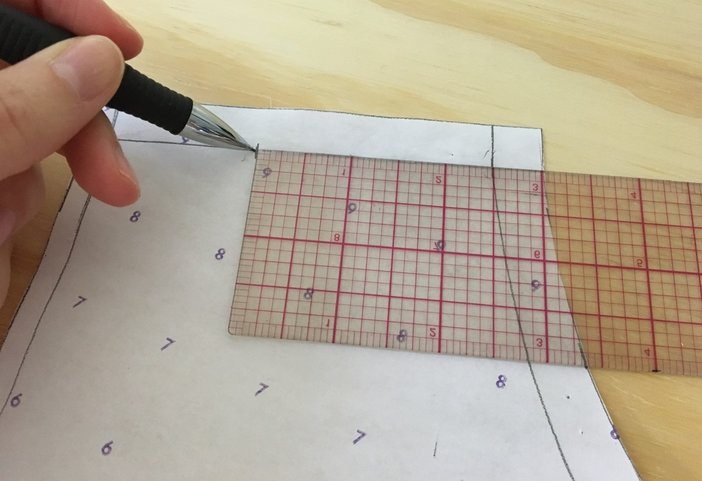

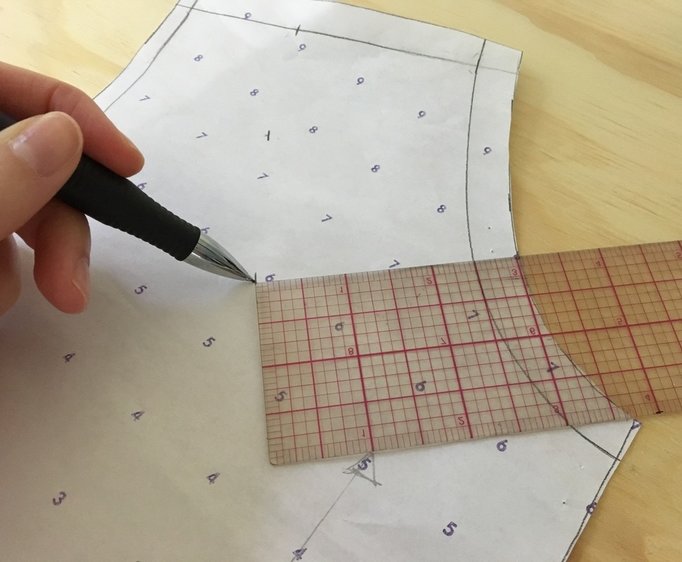













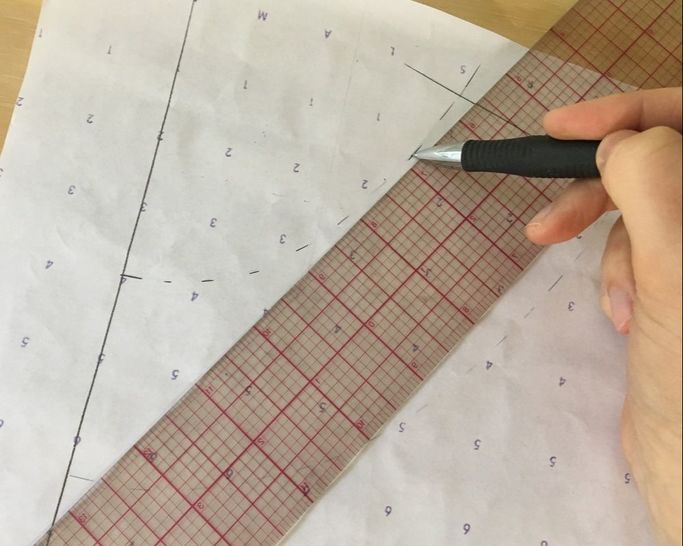
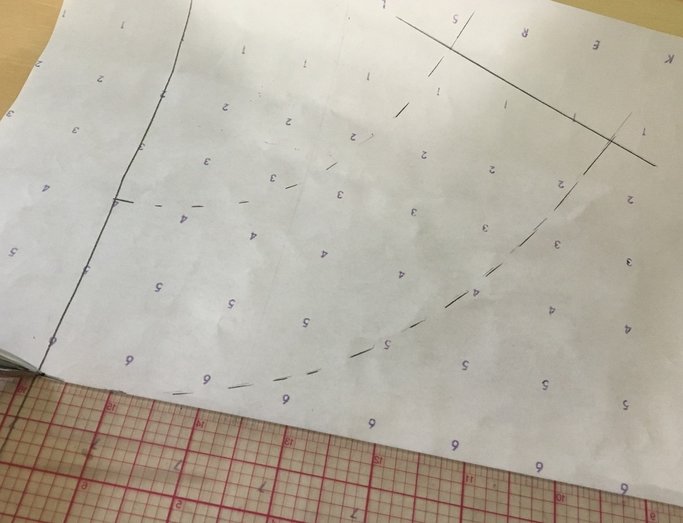

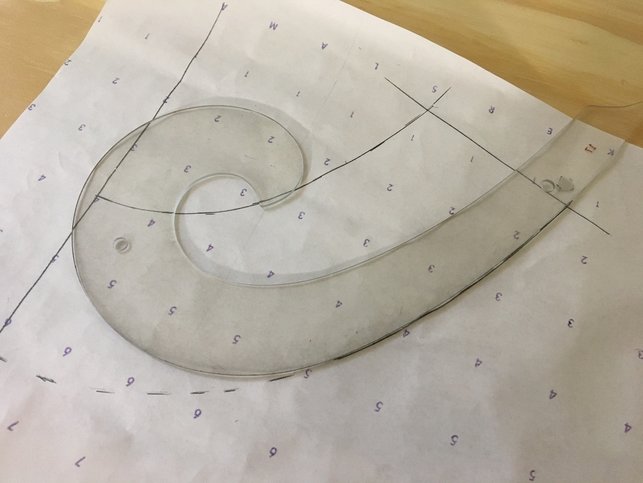






















 RSS Feed
RSS Feed

